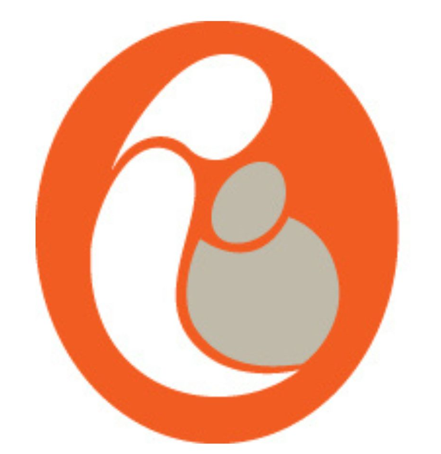Perinatal Mortality National Clinical Audit
Perinatal mortality is an important measure of obstetric and neonatal care. The World Health Organization defines perinatal mortality as the "number of stillbirths and deaths in the first week of life per 1,000 live births, with the perinatal period commencing at 22 completed weeks of gestation and ending seven completed days after birth”.
Regular audit of perinatal mortality can identify modifiable risk factors which decrease the risk of perinatal death and also inform clinical practice. Over the past decades, the rate of perinatal mortality has decreased substantially in high-resource countries and has been partly attributed to the proliferation of regular perinatal mortality audits.
Thus, given the importance of such audits, the NPEC has provided an annual national assessment of perinatal mortality in Ireland (from a clinical viewpoint) since 2008. It has done so with the guidance and collaboration of the NPEC Perinatal Mortality National Clinical Audit Group (that is, a specialist multidisciplinary group whose aim is to develop a comprehensive national audit system of perinatal mortality in Ireland).
The NPEC uses the Perinatal Mortality National Clinical Audit Notification Form to collect its clinical audit data. The form provides a robust framework for evaluating obstetric and neonatal practices.
For further information on the Perinatal Mortality National Clinical Audit, please contact Edel Manning (e.manning@ucc.ie).
The NPEC Perinatal Mortality National Clinical Audit Report for 2020 stated on page 50 that there were 20 early neonatal deaths following termination of pregnancy before 24 weeks gestation with a birthweight less that 500g. The number that should have been reported is 15. A corrected version of the report has now been published (October 2025). The correction does not materially change the conclusions and recommendations.
Latest Key Findings for the year 2023
- A total of 235 perinatal deaths were reported for 2023. An additional 37 late neonatal deaths were reported, of which 3 cases did not meet the inclusion criteria.
- Stillbirths and early neonatal deaths accounted for 67.2% and 32.8% of perinatal deaths, respectively. Intrapartum deaths accounted for 3.2% of stillbirths.
- In 2023, Ireland’s perinatal mortality rate was 4.30 per 1,000 total births. When adjusted to exclude deaths due to major congenital anomalies, the rate was 3.00 per 1,000 total births.
- No maternity unit’s mortality rate was considered a statistical outlier compared to the national rate when unit rates were adjusted for major congenital anomaly and in-utero transfers.
- There was a significant decrease of approximately 20% in perinatal mortality in 2023 compared to 2022.
- Unlike findings in previous reports, maternal age over 40 years was not associated with an increased risk of perinatal mortality, whereas being under 25 years was. Higher parity was not associated with an increased risk of perinatal mortality, but a lower risk was observed among women with one previous birth.
- An increased risk of perinatal mortality was associated with multiple births compared to singleton births. Perinatal deaths from multiple births accounted for approximately 11% of all perinatal deaths.
- The rate of autopsy uptake continues to be higher in stillbirths compared to neonatal deaths.
- The most common causes of stillbirth were placental disease (39.2%) followed by major congenital anomaly (20.9%).
- For early neonatal deaths, major congenital anomaly was the most common cause (49.4%) of death, followed by respiratory disorders (22.1%), primarily due to severe pulmonary immaturity. More than half (51.9%) of early neonatal deaths occurred within 24 hours of birth.



